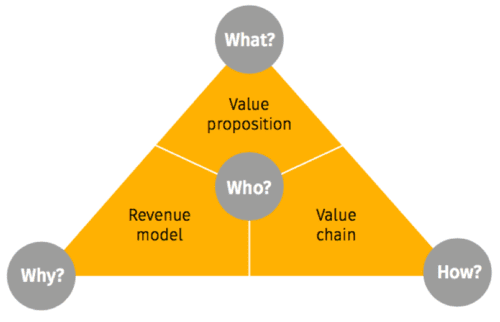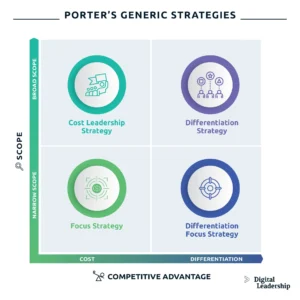Introduction
In today’s dynamic business landscape, companies are constantly seeking ways to maximize their profits and gain a competitive edge. One approach that has gained prominence is the use of profit impact of market strategy model . These models provide valuable insights into how different marketing strategies can impact profitability, allowing companies to make informed choices that align with their goals.
The profit impact of market strategy models refers to the measurable effect that various marketing strategies have on a company’s bottom line. By utilizing these models, businesses can assess the potential outcomes of different strategies before implementation, reducing risk and increasing the likelihood of success.
In this blog, we will delve into the concept of profit impact models, explore how they work, and discuss their significance in today’s business environment.
Understanding Profit Impact Models
At their core, profit impact models serve as analytical frameworks that empower businesses to assess the financial implications of their marketing strategies. These models intricately consider an array of factors such as pricing dynamics, promotional endeavors, distribution channels, and product attributes to gauge how alterations in these variables can sway profitability.
One prevalent archetype of a profit impact model is the marketing mix model, which meticulously dissects the influence of diverse marketing tactics on sales and revenue. By quantifying the nexus between marketing inputs and financial outcomes, companies can orchestrate their marketing expenditures to attain optimal profitability.
Another vital variant is the customer lifetime value model, which delves into deciphering the enduring value that customers contribute to the business. Through prognostications of the revenue engendered by individual customers over their lifecycle, companies can adeptly prioritize endeavors related to customer acquisition and retention to bolster overall profitability.
Significance of Profit Impact Models
The adoption of profit impact models confers manifold advantages to businesses
1. Informed Decision Making
Armed with data-driven insights, companies can make astute decisions regarding their marketing strategies, thereby minimizing the propensity for costly missteps.
2. Optimized Resource Allocation
Profit impact models furnish companies with the acumen to allocate their resources judiciously, ensuring that investments are channeled into strategies that yield the most favorable returns on investment.
3. Risk Mitigation
Through the simulation of diverse scenarios, businesses can preemptively identify risks and uncertainties, empowering them to devise contingency plans and curtail potential losses.
4. Continuous Improvement
Profit impact models serve as beacons for perpetual performance monitoring and optimization, enabling companies to swiftly adapt to fluctuating market conditions and outmaneuver competitors.
Conclusion
In culmination, the profit impact of market strategy models assumes a pivotal role in fortifying businesses’ capacity to enhance profitability and realize their strategic objectives. By harnessing the analytical prowess of these models, companies can glean invaluable insights into the financial ramifications of their marketing decisions, thereby enabling them to chart courses of action that propel sustainable growth. In the relentless arena of contemporary commerce, profit impact models stand as indispensable tools, empowering companies to not only stay abreast of the curve but also flourish amidst stiff competition in the marketplace.
https://ediify.com/exploring-the-different-types-of-business-models/
https://www.inc.com/encyclopedia/profit-impact-of-market-strategies-pims.html




